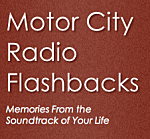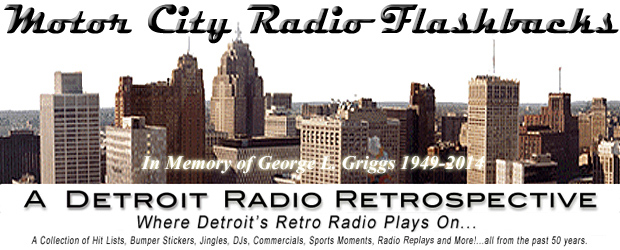 From the MCRFB NEWS archive: 1967
From the MCRFB NEWS archive: 1967
NEW YORK — Bill Drake, programming consultant who has just been hired to guide all of the RKO General radio stations, lashed out at the record men who would tag him with the image of a tight playlist addict.
Drake, who scored ratings successes with both KFRC in San Francisco and KHJ in Los Angeles, was in New York last week trying to work his magic on an FM station - WOR-FM, a stereo operation that had already made a sizable dent in New York ratings with a rock ‘n’ roll format.
One of the first moves of Drake was to install Gary Mack, formerly of KHJ, as program director of the station, replacing Art Wander.
As for other changes in the station, Drake said he would try to improve the presentation of the music and the content. “The station will continue to play a lot of diverse album music, aiming at the 18 -35 age group. It’s going to be rock, using every type of LP cut. Oldies would have a lot of influence, a lot of Motown product, for example.”
He said that other stations under his banner had been playing album cuts, “but to take an album and put it in the control room and say the deejay can play from it is the same fallacy a lot of stations make in saying that Sinatra is a super star. You don’t play Sinatra for the sake of Sinatra; he’s had some bad cuts, too. You don’t play Dylan for the sake of Dylan, Sinatra for the sake of Sinatra, Motown for the sake of Motown.
“The object is to play the good Dylan, the good Sinatra,” he said. And a lot can determine this. People working at the various stations guided by Drake listen to every cut of every LP, every single. Drake credits his success to “hard work and the good people working with me.”
Swap Information
Information between the stations is exchanged in writing, there are conference telephone calls on the music itself, they all exchange playlists. “But the music lists at various stations vary an awful lot. This actually gives us the opportunity, contrary to opinion, to expose and test nine times as many records as anyone else. If a radio station plays three new different records each week that the other stations are not playing, this would run to 27 new records each week.”
Basically, he felt his radio station policy isn’t just to play the top few records. . . but he does advocate not playing “losing” records. “The object is to play winners. Its good for us, it’s good for the record companies. If you have a weak record on the air, it’s obviously going to limit the amount of exposure you can give a strong record.
“I could never understand why record companies wouldn’t be irritated because their good product was being hurt by the amount of weak product sometimes played.”
Fresh Product
Drake does believe definitely in playing new records, saying his stations were spinning LP cuts by the Jefferson Airplane before the group hit pay-dirt with the single. “You’ve always got to have fresh new product on the air, good new records. . . whether by a new or known artists. Otherwise your station winds up with a staleness.”
Playing records by and for the hippies will not lead to a successful radio station, he felt; he believes the whole of San Francisco movement is a myth. Request radio is also too narrowly aimed . . . “what’s wrong is that these stations get the teen-tween listeners. You want them, too, but not exclusively. Younger kids are the only ones, however, who have the time and patience to dial. They aren’t going anywhere anyway.”
The object of winning radio is to please everybody without going after them. “You play ‘Happy Together’ by the Turtles. ‘You Keep Me Hanging On’ by the Supremes. . . those are monster records that everybody likes.”
Still, aside from the “monster” policy, Drake’s stations do have some leeway. Tom Rounds, he said, picked up on “Ode To Billy Joe” early and began playing
it under the assumption it was going to become a monster.
The record hit the chart a week ago like gangbusters and it’s still climbing. So, obviously, is Drake. END
(Information and news source: Billboard; August 12, 1967)
___













